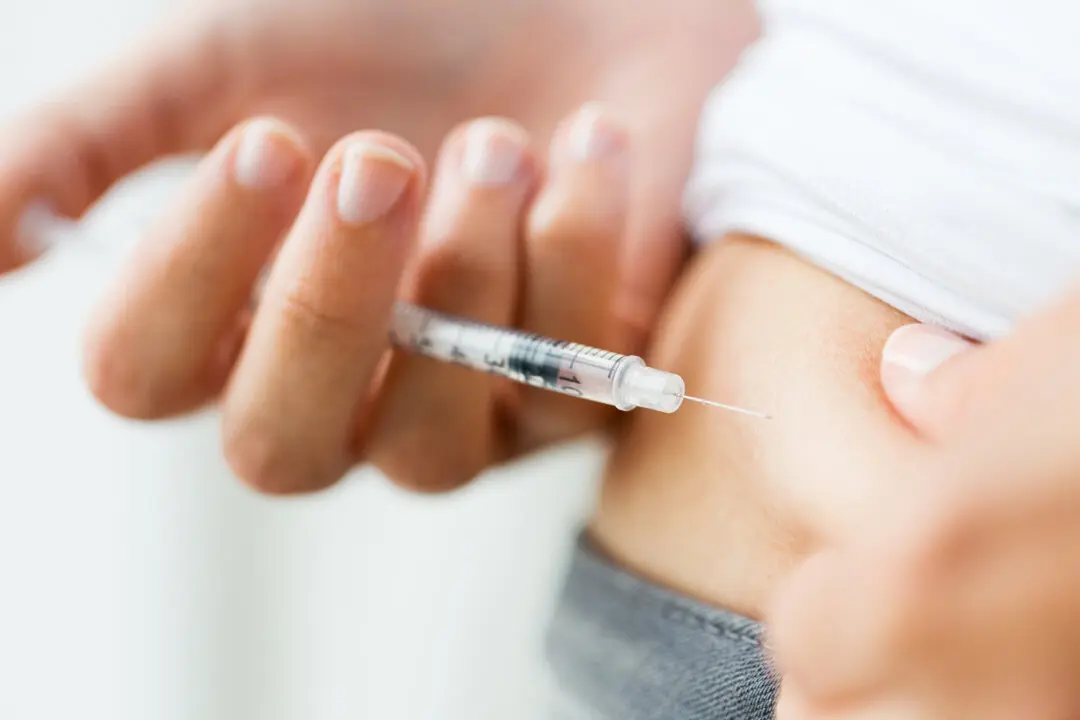The COVID-19 virus can remain in the lungs for months after an individual has been infected—even though it may be undetected by over-the-counter (OTC) tests, a new study finds.
The research team discovered these so-called viral reservoirs by analyzing samples from non-human primate models infected with the SARS-CoV-2 virus, which causes COVID-19. Preliminary results of the study showed the virus was found in the lungs of some animal models six to 18 months after infection, even though the virus went undetected in the blood or upper respiratory tract, such as the nose, throat, or voice box.
The researchers believe these viral reservoirs act almost like dormant geysers that could erupt at any time, especially when activated by some type of stimulus. Whether the virus reactivates may also depend on an individual’s innate immunity, the immunity someone is born with.
To understand how innate immunity works against viral reservoirs, the Institut Pasteur team studied how macrophages and natural killer cells worked against the COVID-19 virus, looking for clues in the formation of viral reservoirs.
Macrophages and natural killer cells are types of white blood cells. While a natural killer cell is responsible for destroying infected or diseased cells, macrophages are responsible for removing dying or dead cells and cellular debris. When it comes to COVID-19, macrophages are responsible for the majority of the work in the lungs, the research team indicated, as they comprise 7o percent of the white blood cell count in the lungs.
A Clue About Long COVID
Discovery of the viral reservoirs could be a clue as to why some individuals experience long COVID, Michaela Müller-Trutwin, head of the Institut Pasteur’s HIV, Inflammation and Persistence Unit, noted in a press release.The National Institutes of Health (NIH) reported the risk factors associated with developing long COVID. Individuals who were hospitalized due to the virus, have underlying conditions, are unvaccinated, or have multisystem inflammatory syndrome are likely at a higher risk of developing long COVID, according to the agency.
While most people diagnosed with COVID-19 recover in a few days to a few weeks after infection, some may experience symptoms for four weeks or longer after the initial infection. Individuals with long COVID experience an array of symptoms, but the most common include tiredness or fatigue that interferes with daily life, symptoms that worsen after physical or mental exertion, and fever. A person may also experience multiple respiratory, heart, neurological, and digestive symptoms. The KFF poll reported that long COVID puts significant limitations on an individual’s day, with 79 percent of people reporting their daily activity as limited.
There is no cure or specific treatment for long COVID. Treatment plans vary from person to person based on an individual’s symptoms.




